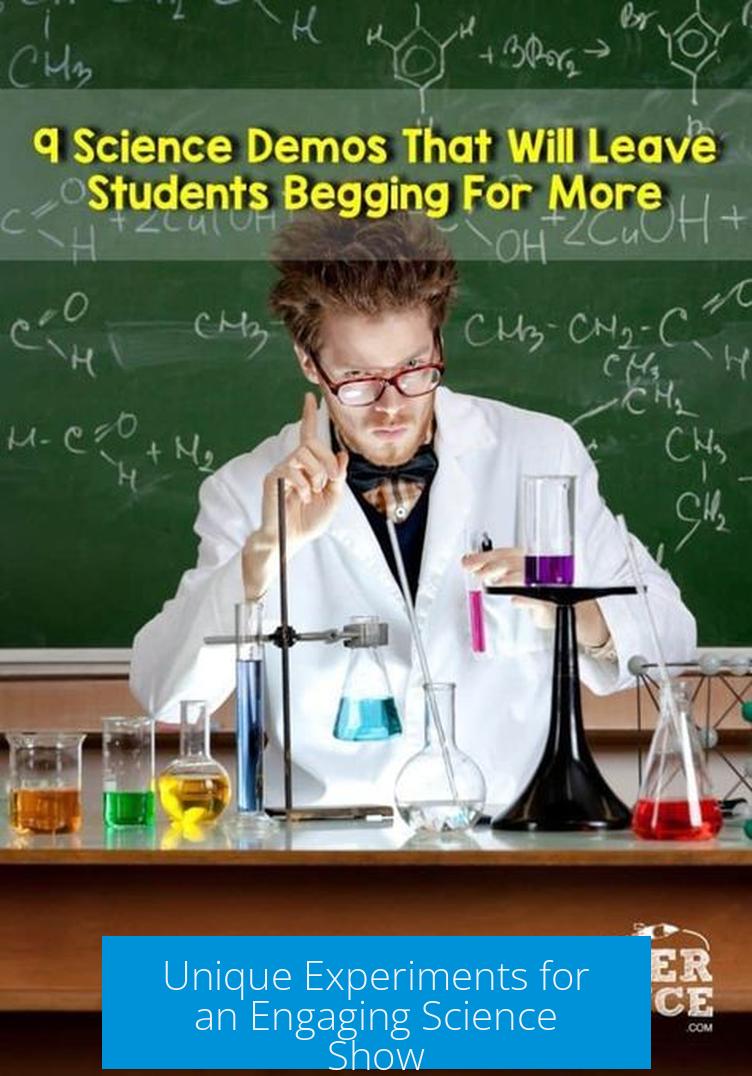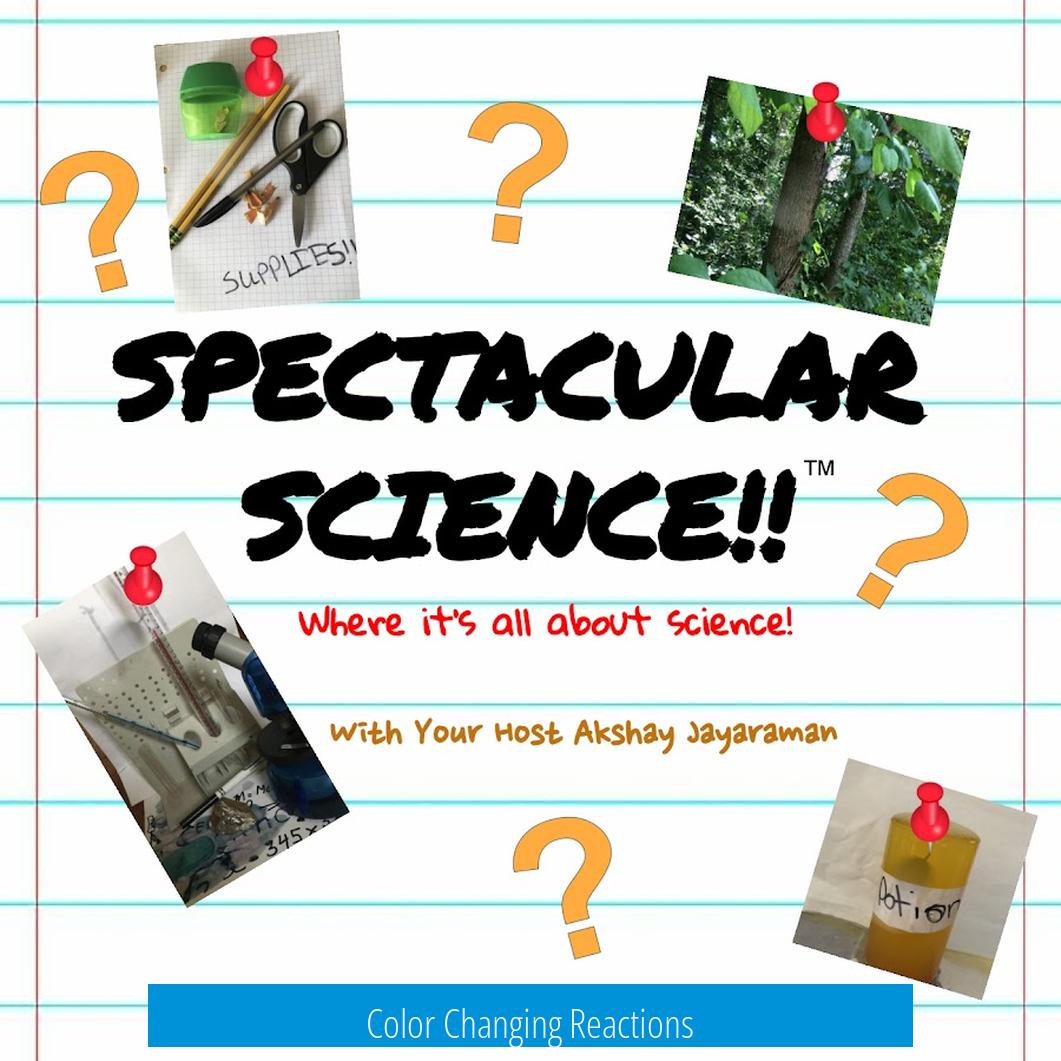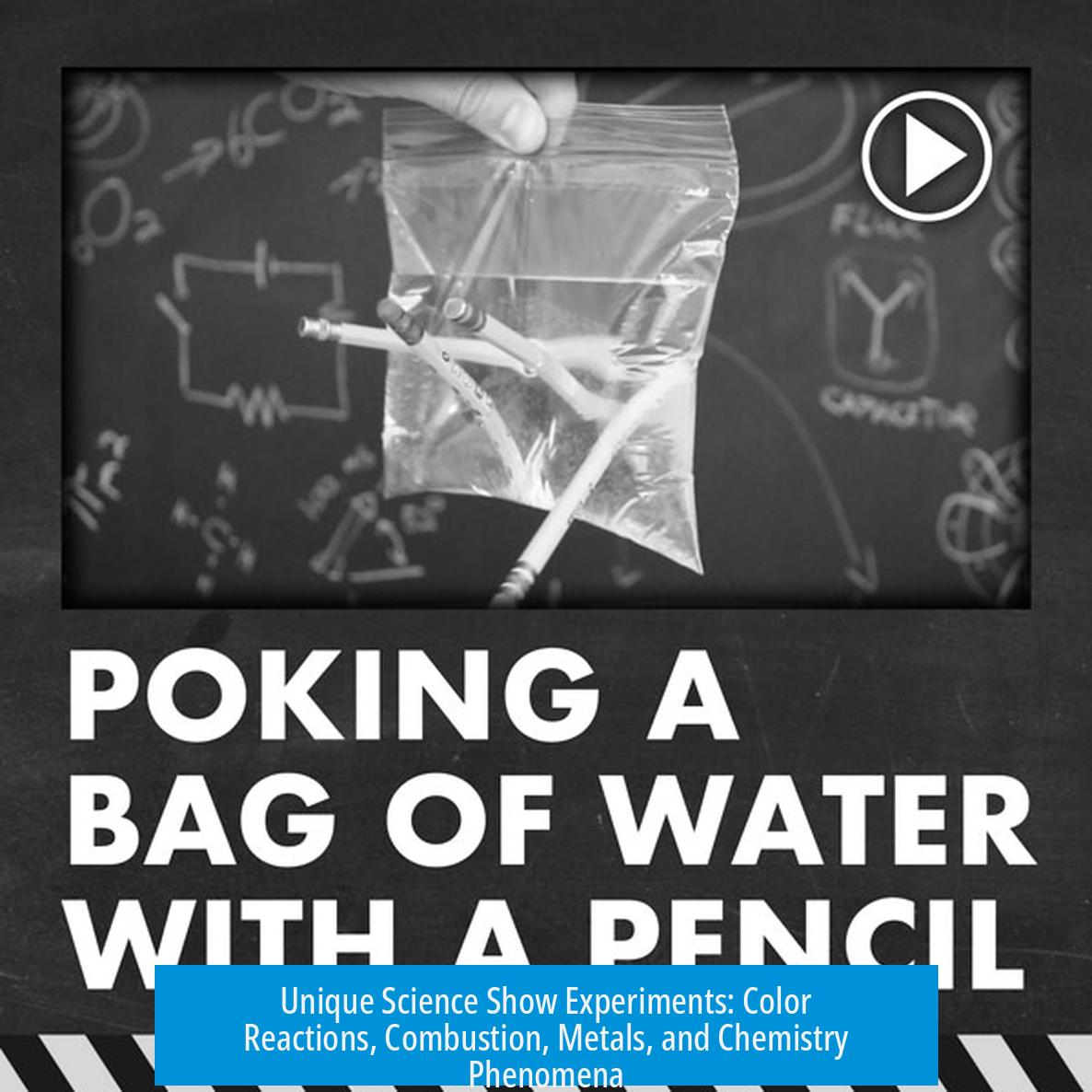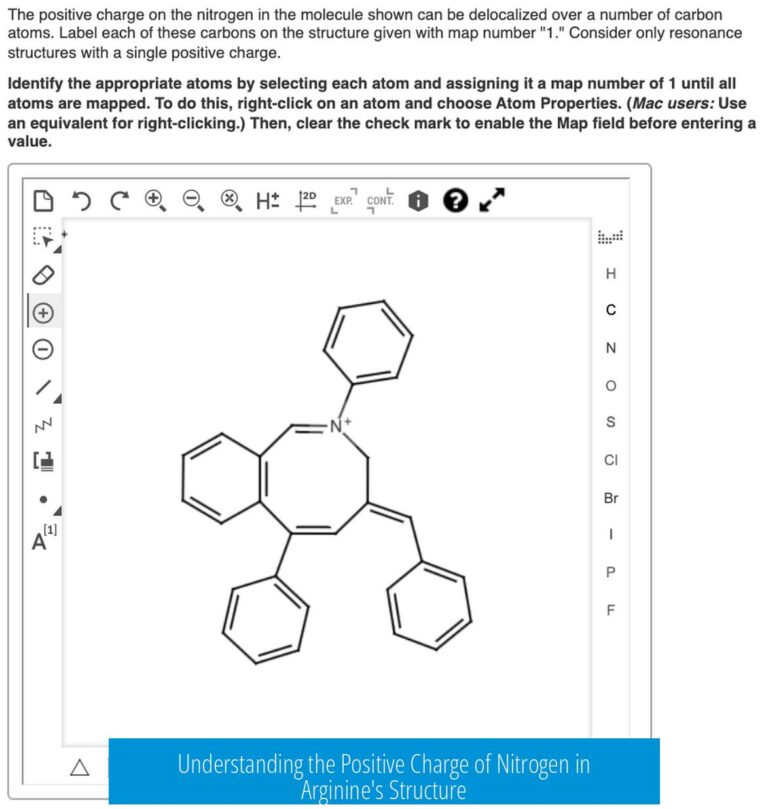Unique Experiments for an Engaging Science Show

Various unique experiments can captivate audiences by demonstrating striking chemical and physical transformations. These include color-changing reactions, combustion displays, corrosion demonstrations, and physical chemistry phenomena. Science shows benefit from visual impact paired with clear explanations to engage viewers.
Color Changing Reactions

- Iodine clock reaction: A liquid abruptly turns black at a precise moment, allowing timing with a snap of fingers. It offers a dramatic effect while illustrating reaction kinetics.
- Blue bottle experiment: An alkaline glucose solution changes color repeatedly due to oxidation and reduction cycles.
- Chemical traffic lights: Solutions shift through red, yellow, and green hues, mimicking traffic signal changes based on chemical equilibria.
Combustion and Gas Experiments
- Fuel gel and metal salts: Burning ethanol gel with metal salts produces colorful flames due to metal ion emission spectra.
- Hot air balloon: A large plastic bag inflates with hot air generated from the burning gel, demonstrating principles of buoyancy and heat.
- Hydrogen balloons: Producing hydrogen gas by reacting zinc with hydrochloric acid powers balloons that can either float or ignite, highlighting combustion and gas properties.
- Combustion in balloons: Burning oxygen, hydrogen, and their mixtures inside balloons creates varied explosive visual effects, useful to discuss gas characteristics and safety.
Metal and Corrosion Demonstrations
- Cathodic protection: Mild steel pieces immersed in saltwater are protected from corrosion by sacrificial anodes, visible through changing surfaces over time.
- Corrosion removal: Coca-Cola can help strip corrosion from brass, showing everyday chemistry applications.
- Metal coin reactions: Copper, gold, or silver coins react in zinc chloride solution, illustrating metal reactivity and displacement reactions.
Physical Chemistry and Other Phenomena
- Marangoni effect: Surface tension gradients cause liquid flow and movement; a visually elegant and educational demonstration.
- Hot ice from sodium acetate: A supercooled saturated solution crystallizes with heat production, simulating ice formation chemically.
- Liquid nitrogen ice cream: Quick freezing with liquid nitrogen creates edible ice cream, combining physical chemistry and audience participation.
- Elephant’s toothpaste: Rapid decomposition of hydrogen peroxide generates voluminous foam, a classic crowd-pleaser.
- Whoosh bottle: Ethanol vapor ignition in a large bottle creates spectacular flames and sound effects.
| Experiment Type | Key Visual/Concept | Educational Focus |
|---|---|---|
| Color Change | Iodine clock timing | Chemical kinetics |
| Combustion | Colored flames and balloons | Gas properties, combustion |
| Corrosion | Protected vs. rusted metals | Electrochemistry |
| Physical Chemistry | Marangoni flow, hot ice | Surface chemistry, phase changes |
| Edible | Liquid nitrogen ice cream | Phase transitions, safety |
Key Points
- Time-sensitive reactions like the iodine clock create suspense and precision.
- Combustion experiments provide vivid color and energy demonstrations.
- Cathodic protection links chemistry to real-world corrosion prevention.
- Physical chemistry concepts can be made visible through flow and phase change.
- Edible experiments engage audiences by combining chemistry and tasting.
What makes the iodine clock experiment unique for a science show?
This reaction changes color with precise timing. You can even trigger the liquid to turn black by snapping your fingers. It adds a dramatic, controlled visual effect.
How can combustion experiments be safely exciting on stage?
Use balloons filled with hydrogen or oxygen mixtures to show dramatic reactions. Adding metal salts and magnesium powder to burning gels creates colorful flames. Ear protection is recommended.
What is a simple yet impressive acid-base indicator experiment to try?
Use purple cabbage juice as a pH indicator. Add alkali and observe green, then revert to purple with dry ice, and shift to pink with vinegar. It visually shows pH changes clearly.
How can corrosion be demonstrated in an engaging way?
Set up steel pieces in saltwater with and without a sacrificial anode. Show the corrosion process visibly over time. You can pass the samples around for a hands-on experience.
Which physical chemistry effect can add a stunning visual element to a science show?
The Marangoni effect, where surface tension drives fluid motion, creates graceful movement patterns. It’s simple but visually captivating for audiences.





Leave a Comment